
It’s been over a year since I last went to my favorite brewery for a beer with friends, over a year since the phrase “social distancing” entered the lexicon, and over a year since I started viewing N-95 masks as a precious commodity. Before the pandemic, I’d never heard of a Zoom meeting. Now, I’m a sophisticated enough Zoom user to turn off the video feed in long meetings to avoid the embarrassment of nodding off.
The pandemic has touched most of us personally. Two acquaintances and my favorite singer died of COVID-19. I know several other people who’ve survived.
And yet my life hasn’t really changed much. I do miss the firm handshake, the affirmation of work delivered by another calloused hand grasping mine, but COVID hasn’t cost me a day of work. I still go home every day to my wife and my dogs. It did cancel our family’s Thanksgiving and Christmas gatherings, but I’m not sure whether that should go in the plus or the minus column.
Work practices
A lot of good practices have been reinforced by COVID. Every day, the first thing I do after opening up the job is to set up an exhaust fan in a window. It’s just a cheap, 20-in. box fan from Walmart mounted in a plywood frame I screw to the window frame. The negative pressure created by the fan prevents construction dust from infiltrating into the parts of the house we aren’t gutting. And increasing ventilation is one of the approaches the CDC recommends to minimize the spread of COVID.
In the same vein, we spent some money on a 500 CFM air scrubber. The prime justification was additional dust control, but the HEPA filter isn’t a bad thing from a disease control perspective either. Plus, having a big blue box running throughout the day lets the client know we take protecting their home seriously.
The jobs I’m working on now both are architect-driven. In years past, meetings would have been onsite, meaning that half a dozen people would drive hundreds of miles cumulatively for an hour’s worth of conversation. Now, I rarely see anyone without a toolbelt or a CDL show up on my sites. We get it done with conference calls, email, and Zoom. I can walk around the site with my cell phone and show everyone progress and problems.
Sick days
Growing up, I hardly ever saw my parents take sick days. When my dad retired from his county job, he had over a year of terminal leave saved up from those unused sick days. I’ve spent most of my life with the same mindset, in fact sneering at people who took sick time when they weren’t knocking on death’s door.
Now, if our apprentice or a subcontractor sniffles or sneezes I want them to go the hell home. Immediately. As to myself, well, I haven’t had so much as cold in the past year. Maybe there’s something to these new protocols for distancing, ventilating, mask-wearing, and waving rather than shaking hands.
Demographic changes
Here’s the big unknown. I live about 70 miles north of Manhattan. Some people in my town have always made that commute every day. The few times I did drive or take the train to the city on weekdays made me question not only my own sanity, but theirs as well. The amount of life, as well as resources, wasted in commuting boggles the mind.
While there have always been a few commuters with permanent residences in my town, far more common are weekend houses. About a third of the housing is owned by people who reside primarily in one of New York’s five boroughs. The place has always gotten busy on summer weekends. With the pandemic, Brooklyn and Manhattan are ghost towns. New York license plates are nearly as common here as Connecticut ones, although that’s changing as part-time residents become full-time.
Many of these folks have discovered they can work from home in a quiet, rural environment. Zoom meetings have replaced board meetings. The Internet now slows down here on weekdays because of demand, something that never happened in the ten years I worked from home.
What’s that mean from a green view?
It’s good in that the number of cars driving into city centers every day has decreased. It’s bad in that the allure of urban living, which many believe to be inherently greener, seems to be fading. And it’s bad in that I have to share trails in local forests that I once thought of as my own.
Good or bad, the change has brought on a building boom around me. Remodeling, almost always including a home office, is in huge demand. While it’s a piecemeal approach, I take every opportunity to green up the work. If I open a wall, it gets air-sealed and properly insulated before I close it up. When I talk to the clients, I sneak in lessons on building science to help them understand their house. And who knows? That may spur further work that further improves the performance of their home.
I think, from a green view, COVID hasn’t been a bad thing.
_________________________________________________________________________
Andy Engel builds, remodels, writes, and rides his bike in the Litchfield Hills of northwest Connnecticut and beyond. Image courtesy of the author.
Weekly Newsletter
Get building science and energy efficiency advice, plus special offers, in your inbox.
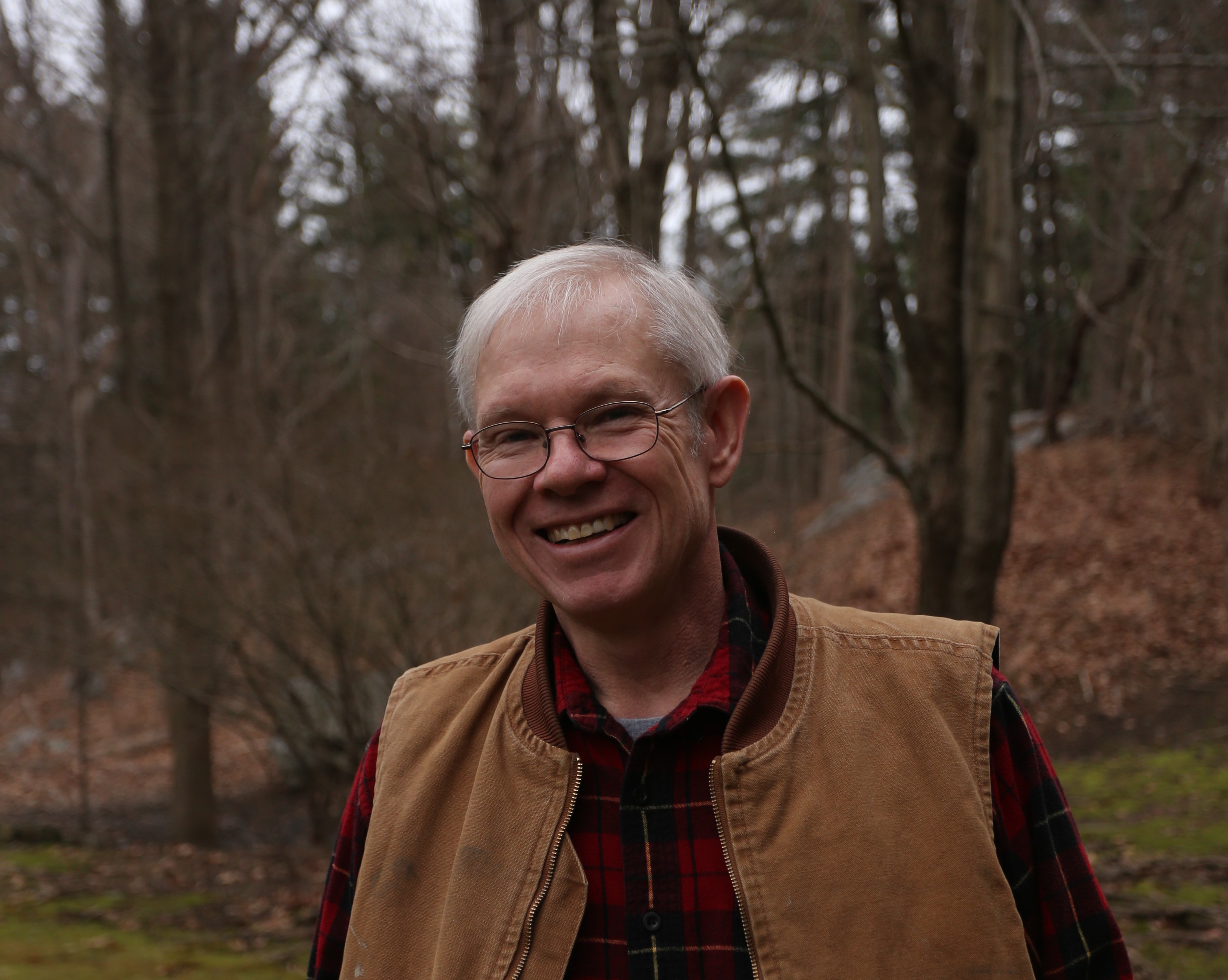




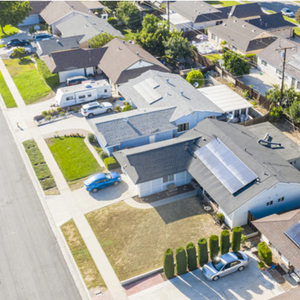
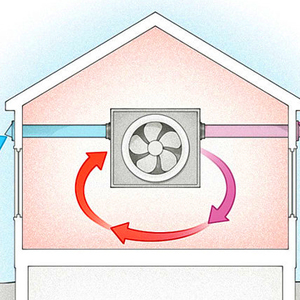
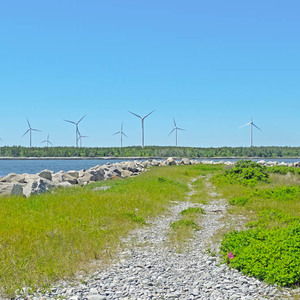
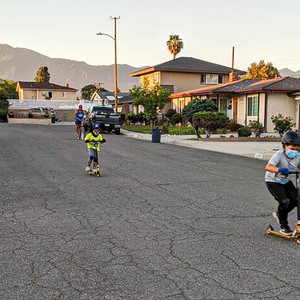






7 Comments
Another great read Andy. I always enjoy your writing.
For me it is much too early in the game to make any claims on the impact of Covid. After a year it rages on. The things I have come away with so far is how very unsustainable our modern lifestyle is and how selfish man can be.
Nice article, Andy. It's not as robust as your blue air scrubber, but the Comparetto Cube DIY portable MERV-13 air cleaner would have saved you about $1,000.
Improving the Indoor Air With a DIY Portable Air Cleaner
https://www.greenbuildingadvisor.com/article/improving-the-indoor-air-with-a-diy-portable-air-cleaner
I like the looks of that Allison. I have some questions about the filter rating.
As someone who lives in a house with possible lead dust (and as a woodworker) I've researched a bit on dust extraction. But I'm not an HVAC guy or expert by any means. Below is my train of thought:
When it comes to vacuums, most people don't realize how bad vacuuming is for the air-quality. It essentially takes the settled dust and spits the worst of it into the air. This can be measured with particle meters. I've since made sure to get sealed systems with HEPA rated filters for vacuums. (adding a HEPA filter to a non-sealed system doesn't get you there as the dust just bypasses the filter). RRP and abatement people know how crucial this is (or they should).
The same is true for dust collection in a woodshop. Many non-cyclone style collectors use bags with poor filtration, and the finest (nastiest) dust gets blown around the shop. Carcinogen city. Many woodworkers develop wood allergies.
Moving on, now we're into the realm of whole-room air filtration (or scrubbers). I recall reading that many woodshop air scrubbers were considered ineffective and possibly counter-productive. The reason being that it essentially becomes a room-air mixer, causing dust streams to travel by occupant air intakes rather than settle out. I'm not sure I fully buy this logic, but unless the filter was HEPA, I do question if the finest (nastiest) particles will indeed simply be blown around the shop. (I've even read people say that certain nasties will bypass HEPA, such as some forms of lead dust, but what can you do at that point? I suppose ventilate to the exterior.)
Which brings us to the Comparetto Cube and the blue air scrubber. Are there any concerns with the Merv-13 rating being too course to capture the worse particles? Perhaps one could argue that unlike a vacuum, nothing is 'made worse' by the pass-through of finer particles since they are presumably already airborne. But could the addition of turbulent room flows somehow make this worse? And/or are we maximizing the usefulness by using Merv-13 instead of HEPA?
Could HEPA be used on a comparetto cube, and if so, do you see any benefit (in terms of both Covid and toxic dusts like lead and wood)?
I'm not sure how Andy set up the blue cube, but I also wonder if instead of a box fan exhausting air and the blue cube scrubbing, why not use the blue cube as the air exhaust. Then your neighbors are happy. It is my understanding this is how abatement work is done. Perhaps I'm just assuming worse conditions than exist, being someone who lives in an area where most older homes have lead.
Tyler, yes, MERV-13 isn't the highest filtration efficiency so you could go to MERV-16. I've attached a chart made by John Semmelhack showing the capture efficiency for different particle sizes for each MERV level. MERV-13 is the one that a lot of IAQ pros have settled on as being really good for IAQ without adding a big pressure drop to ducted systems. In the case of the Comparetto Cube, it's mainly a balance between cost and efficiency. The DIY air cleaner will still move plenty of air using MERV-16 filters.
Now, HEPA is a an interesting topic all on its own. It really doesn't have a standard definition in the world of residential filters and air cleaners, but most of them seem to be equivalent to about MERV-16. It's in healthcare and industrial uses that HEPA is more narrowly defined. So for a Comparetto Cube, just get MERV-16 if you want to filter out more of the particles.
Edit: cumulative sick leave?
Log in or create an account to post a comment.
Sign up Log in